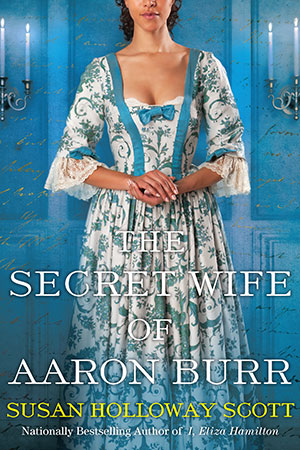 Susan reports:
Susan reports:We're in the merry month of May Day and May poles. While most of us today think of May poles with school children clutching the ribbons, that sweetly pretty version is a Victorian invention. Earlier May poles were much less innocent, with pagan antecedents so distant that no one knows exactly when the first was, ahem, erected.
But there's no mistaking their symbolism: a phallic pole firmly planted in Mother Earth, part of the annual celebration of fertility, procreation, and returning spring. Most May Rites were in that spirit, too, with much drinking and bawdy carousing. Puritanical Christians were appalled, as this description from Anatomy of Abuses (1583) by conservative pamphleteer Philip Stubbs (c.1555-1610) attests:
"All the young men and maids, old men and wives, run gadding over night to the woods, grove, hills, and mountains, where they spend all the night in pleasant pastimes; and in the morning they return, bringing with them...their May pole, which they bring home with great veneration, as thus: they have twenty or forty yoke of oxen, every ox having a sweet nose-gay of flowers placed on the tip of his horns, and these oxen draw home this May pole (this stinking idol, rather) which is covered allover with flowers and herbs, bound round with strings, from the top to the bottom, and sometimes painted with variable colours, with three hundred men, women, and children following with great devotion. And thus being reared up...they fall to dance about it, like as the heathen people did at the dedication of the Idols....I have heard it credibly reported (viva voce)...that of forty, three-score, or a hundred maids going to the wood over night, there have scarcely the third part of them returned home again undefiled. These be the fruits with which these cursed pastimes bring forth."
Could there be any coincidence that May with its May pole and night-long "gadding" is soon followed by June, the traditional month of weddings? Nahhhh......
Above: The May-pole Dance, c. 1620. While there are many written descriptions of 17th c. May poles, both in their favor and against them, this demure illustration is the only contemporary one that I could find. Perhaps all the artists were too busy running into the woods?















 One of us --
One of us -- 


